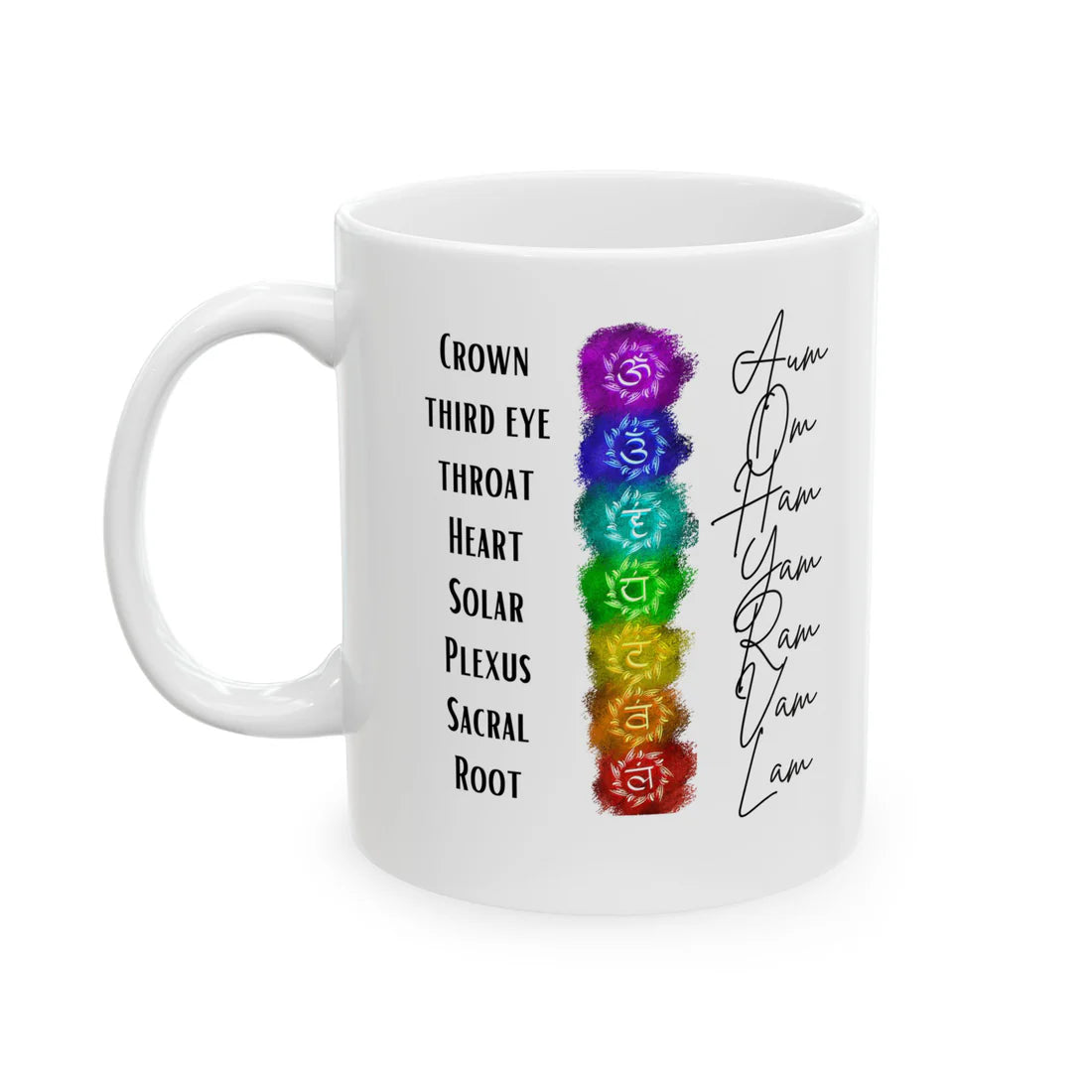
Bija, Chakra Mantras? What is that?!
Share

Bija mantras are sacred sounds or syllables. The term "bija" means "seed" in Sanskrit. They are considered to be the essence or root of other more complex mantras.
Each bija mantra is typically one syllable and is used in meditation, rituals, and in chanting. They are used to align oneself with certain aspects of divine energy.
Bija mantras are usually associated with the chakras, the energy centers in the body.
Each chakra is linked with a specific bija mantra that is believed to resonate with and activate the energy of that chakra.
Chanting these mantras while meditating or focusing on each chakra can help align and activate the respective energy centers, contributing to overall balance and well-being.
Here are the bija mantras for each of the seven main chakras:
- Root Chakra (Muladhara):
- Bija Mantra: "Lam"
- Significance: This mantra is associated with grounding, stability, and physical survival.
- Sacral Chakra (Svadhisthana):
- Bija Mantra: "Vam"
- Significance: This mantra is linked with creativity, sexuality, and emotional well-being.
- Solar Plexus Chakra (Manipura):
- Bija Mantra: "Ram"
- Significance: This mantra is connected with personal power, self-esteem, and digestion.
- Heart Chakra (Anahata):
- Bija Mantra: "Yam"
- Significance: This mantra is associated with love, compassion, and healing.
- Throat Chakra (Vishuddha):
- Bija Mantra: "Ham"
- Significance: This mantra is related to communication, self-expression, and truth.
- Third Eye Chakra (Ajna):
- Bija Mantra: "Om"
- Significance: This mantra represents intuition, insight, and higher consciousness.
- Crown Chakra (Sahasrara):
- Bija Mantra: "Silence" or "Aum" (often considered a universal sound)
- Significance: This is connected with spiritual connection, enlightenment, and unity with the divine.